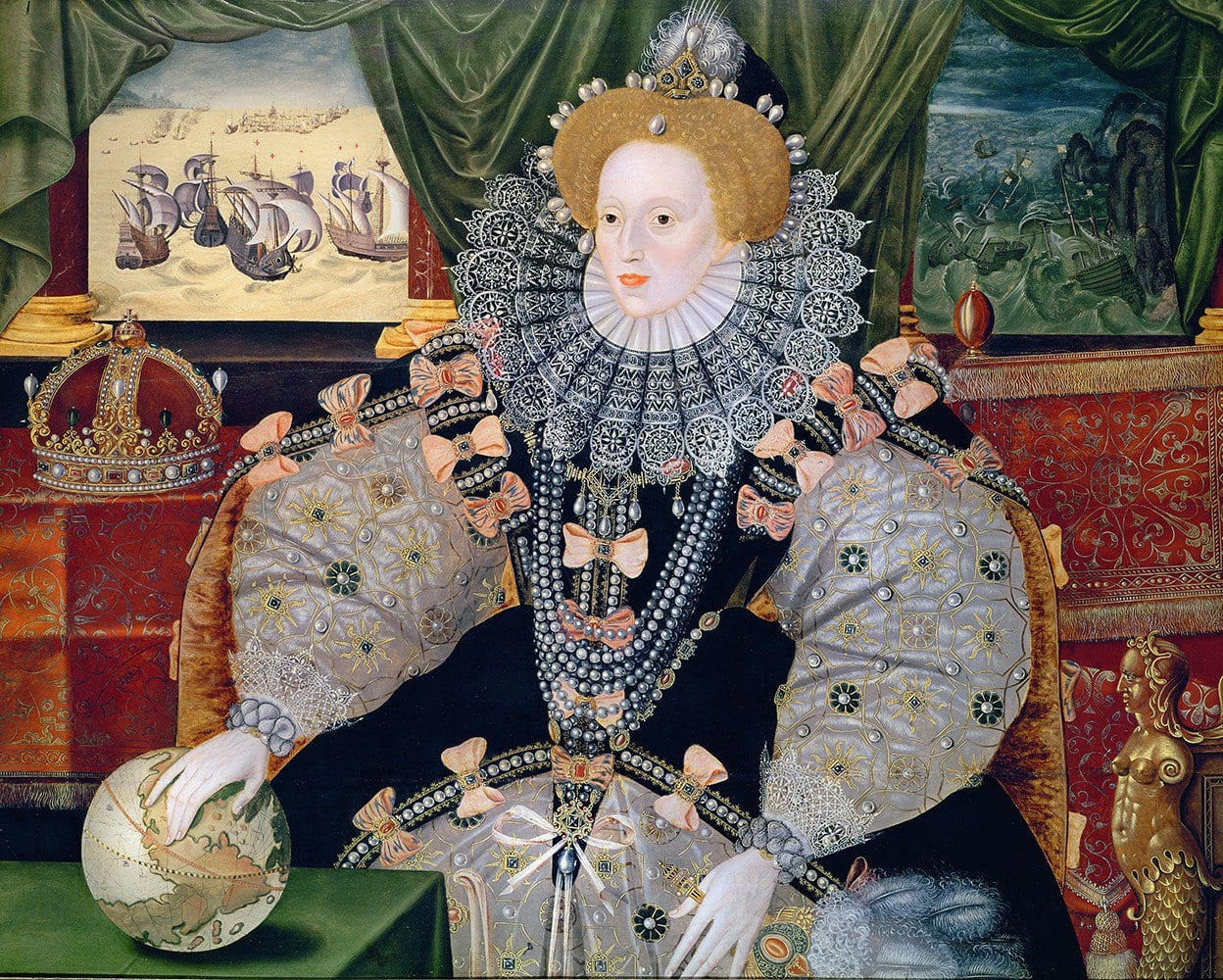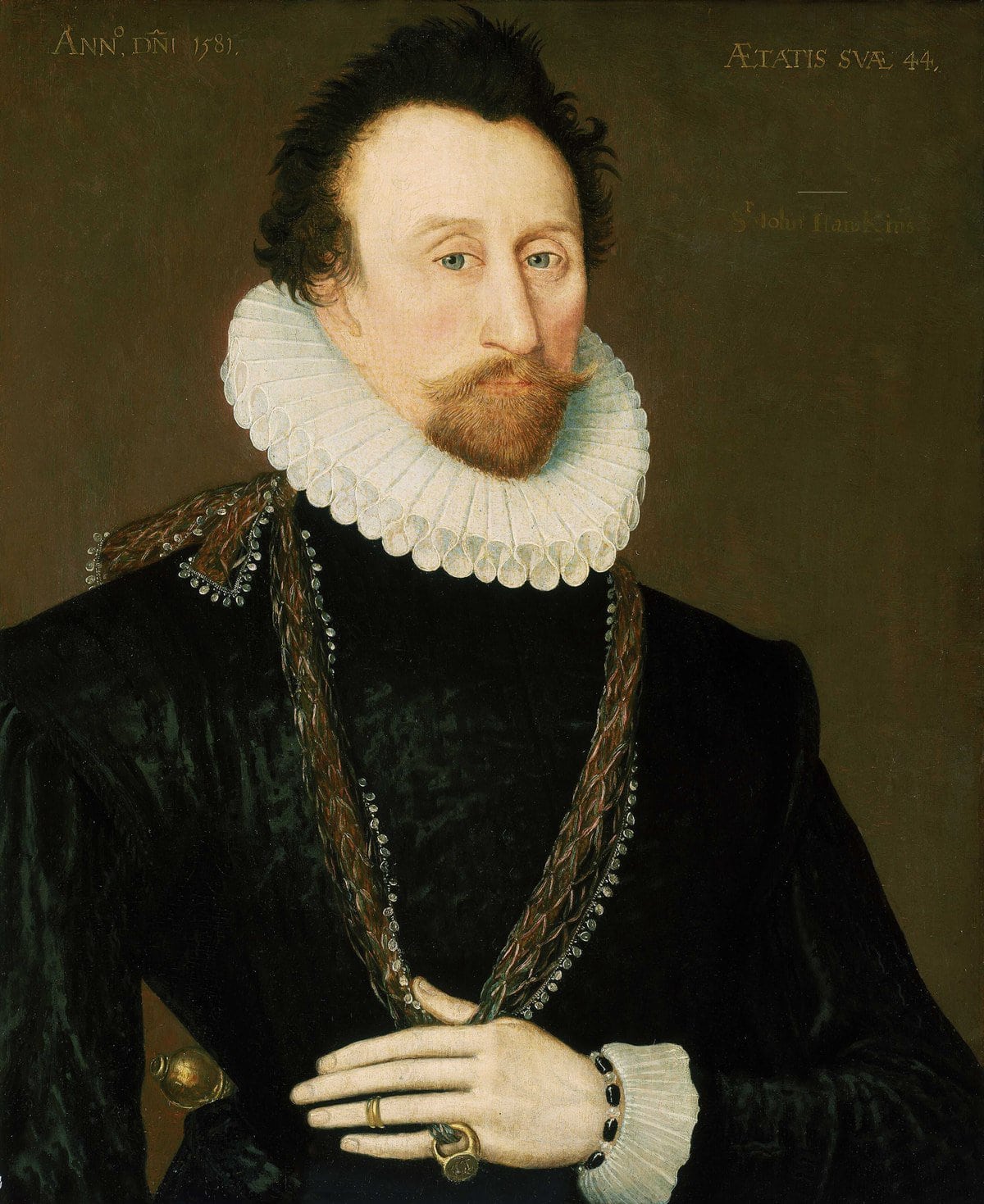
ADVERTISEMENT - CONTINUE READING BELOW
Queen Elizabeth I and the Slave Trade
Charles II was not the first British monarch to profit from slavery. Queen Elizabeth I (reigned 1558 – 1603) was one of the key early players who helped jump start the trans-Atlantic slave trade. British involvement began in the sixteenth century, when John Hawkins, an English naval commander, administrator, and privateer, became an early promoter of the slave trade. Indeed, he is the first known Englishman to have included African slaves in his cargo. Queen Elizabeth approved of the trade venture, and invested in it. Hawkins became the first Englishman to profit from the Triangle Trade. English goods were traded for slaves in Africa; slaves were shipped across the Atlantic and traded for New World goods; New World goods were shipped to England, and traded for English goods.

ADVERTISEMENT - CONTINUE READING BELOW
In 1562, Hawkins transported 300 slaves to the New World. He exchanged them for sugar, ginger, and hides, with which he returned to England. The queen received a share of the profits, and for Hawkins’ next slave trade voyage, she contributed a ship by way of investment. In three separate voyages, Hawkins raided settlements in West Africa, and also seized hundreds of slaves from Portuguese ships and sold them in the Caribbean. Elizabeth continued to profit from slave trade ventures for the rest of her reign. In the meantime, more and more Africans arrived in England, and became a noticeable presence. The queen did not mind the profit from Africans, and even employed some African entertainers in her court. However, the noticeable presence of Africans in England bothered her, and in 1596 she issued a decree to expel Africans from her realm.

